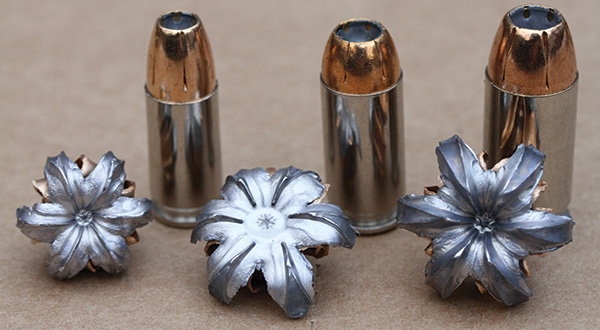The differences in energy and weight are meaningless, except to the extent that they result in a difference in penetration.
So we have this straight, according to you this is only true above 9mm.
Well, no, it's true for .25 ACP and .32 S&W and all the way through the standard service handguns.
When we consider rifle rounds, other things come into play.
To round out the discussion, velocity, mass, bullet shape, bullet construction, and sectional density together contribute to expansion and penetration.
The difference in expanded diameter is not meaningless, but it is not very great, either.
So we have this straight, according to you this is only true above 9mm.
Well, no. The experts tell us today that it is true in practice
among the service calibers. Other than that, they mean nothing to us.
One does not find many experts the days who recommend the smaller calibers for primary carry.
The question was about the importance of three things: kinetic energy, weight, and expanded diameter. The first two do not directly stop assailants. The third can make a difference, but the amount of difference in effectiveness for relatively small differences in diameter has been questioned by experts.
I would not call the expanded diameter of a .32, such as it is, as close to that of a good .45 ACP. But between 9MM and .45 inclusive, when we are talking about the relative difference in the size of expanded bullets in the context of the size of a human chest and not a prairie dog, we are told by those who have studied the subject that the comparative difference is generally not very material.
I am not enough of a forensic anatomist to offer my own assessment.
I do accept that
where the bullet enters the target and
at what angle will make much more difference.
One of the top trainers recommends that everyone keep a copy of
Gray's Anatomy on the shelf close to the chair.
I do not.


